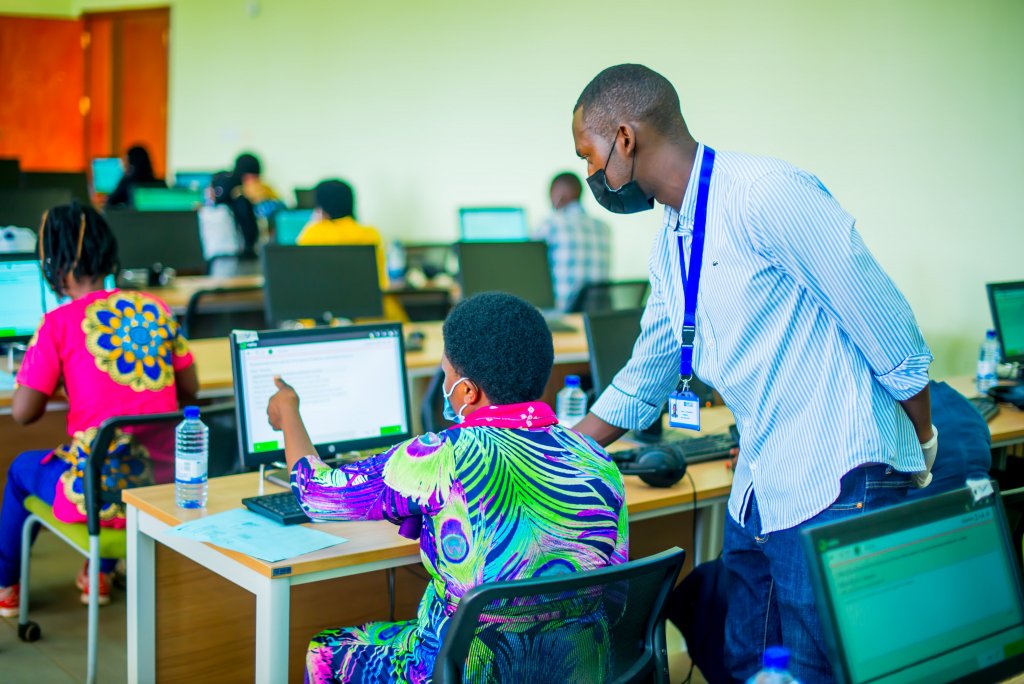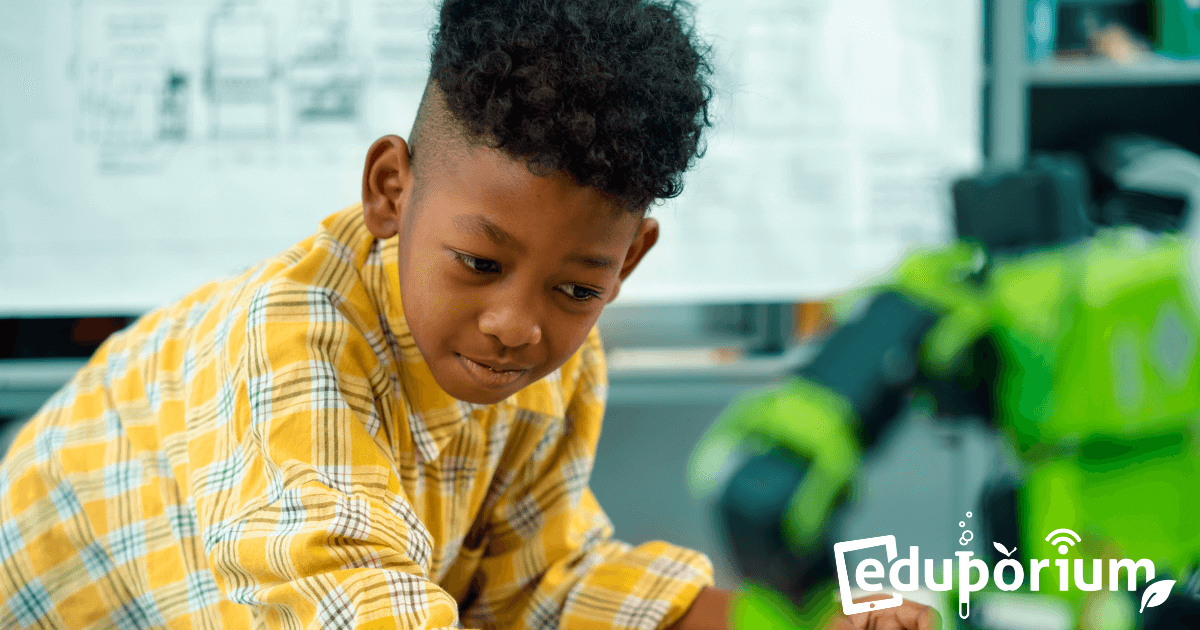We know, we know. There's always talk about the latest and greatest inventions or various discoveries that will truly revolutionize the technology world and the small number of them that actually go on to do so. This one, however, may just do it. Check out this human-like robot created by engineers at MIT, and let us know if you think it could change the robotics landscape!
Human-Like Robot Created
Researchers at the Massachusetts Institute of Technology reportedly created a new robot and apparently it slightly resembles a real person. Engineers from the university recently revealed this latest interface they've constructed, which allows a human programmer to interact with a humanoid robot, allowing it to learn and eventually mimic subtle human-like reflexes and nuances. It even works in conjunction with a paired human being, which is something many of us have seen before. The human controller syncs itself with the bot and when he raises an arm, the robot does the same—only much more similarly than the previous models have been capable of doing.
So far, this robot can stay balanced on its own and perform some basic tasks, but the hope is to eventually develop it to be able to execute orders that are more intricate in nature, such as resolving a threat when it's too dangerous to send in a person. As of now, this robot can pour itself a cup of coffee, use a hand drill for minor construction projects, and crush a can (to promote the importance of recycling, we’re guessing).
Think about it: if you have to complete some project and just have your own two hands with which to work, having a robot to help you out doesn’t sound like a bad idea. Nailing in boards could take half the time and demolishing an old shed might happen twice as fast! Combine it with an Arduino board or a Raspberry Pi and you could potentially create any gadget you want! All right, it might not be at the stage of significantly helping with labor, but it's cool to think about. Someday, someday…

What Makes School Cutting-Edge In 2015
Keeping up with the times is something we all try and, among educators, that task is both challenging and exciting. With new advances in learning tools appearing regularly and the pressure from parents as well as students to integrate technology into every school day, it’s not easy finding the very best resources to help stimulate a love for learning in all children. It helps, however, to know what they should be focusing on and what they could perhaps leave behind. The goal is preparing youngsters for 21st century life and there are certain things all modern schools should have.
School leaders should constantly look for any ways to become more efficient and innovative because their students will have to do that in the future. This starts with training educators to be creative and resourceful. There are thousands of online resources that promote EdTech use and creativity in students and educators need to keep their eyes out for anything they can turn into teaching tools. EdTech solutions like the Makey Makey, littleBits, and Arduino not only make learning more fun, they make learning more meaningful. Any classroom that features tools like these introduced by passionate teachers is definitely heading in the right direction. These tools truly supplement learning by engaging children in hands-on activities. When lessons completely engage kids, they retain information more effectively and they can apply it a whole lot better.
By incorporating these truly fun learning tools in class, teachers can encourage students to find innovative solutions not through pressure-packed exams, but rather by collaboratively teaming up to brainstorm ideas through play. Teachers are often amazed at how easily students learn when they don’t consider the lessons to be work. Instead of staring at the whiteboard, kids tend to learn more effectively when physical activities stimulate their brains. If teachers can effectively use valuable EdTech tools to get children to learn in new ways (while they think they’re just playing), that’s innovative instruction. And, that’s what it will take to fully and properly prepare today’s children for hands-on careers.
Is BYOD Improved By Nixing Standardization?
With many instructors (and parents) desiring a shift from across-the-board standardization in education, a possible tech-related solution may emerge. Not only can BYOD (bring your own device) initiatives promote using technology for educational purposes, if rolled out properly, they could also help differentiate learning among students in the same rooms. Engaging learners through something they'll find fun rather than work may boost their success and it's definitely worth a shot!
In traditional 1:1 programs, schools or district leaders purchase devices (such as iPads) for every student in a classroom. So, every student has the exact same tool with which to learn. What is the problem with that? Well, for starters, not every student learns in the same ways. An iPad may be a hindrance or distraction for Joey while it may be just the tool that Amy needs. Different children learn in different ways. Isn’t providing each and every student with the same technology tools almost the same thing as lecturing to them while they’re all blankly staring at the same outdated textbook?
In real life, people have choices. School—even at the elementary level—could be the same. There are more options for children nowadays—options that whether they're tech-related or not—help certain people learn better. Sure, iPads or even Chromebooks are very useful and powerful educational tools—to most people. But, some might prefer a textbook, however, or maybe a smaller mobile device that they can scroll through more quickly. Just remember that simply giving everybody an iPad for the school year may not be ideal for helping them learn.

How to Make eLearning Personal
In an effort to continue instruction that personally caters to each individual student and the ways in which they learn best, a lot has been made about instruction in the classroom. What we often overlook, however, is how these personalization models could continue remotely outside of school. Nowadays, students often have online assignments to complete at home, but, again, it’s usually a standard assignment for everybody. If teachers think it’s helpful to personalize learning, it may be equally beneficial to promote supplementary personalized eLearning at home.
Each student will have their own set of natural expectations when they begin their assignments. The trick is to try to cater to those expectations as closely as possible—to optimize learning for everyone. Be sure that any exercises are designed with each student in mind, make necessary minor tweaks and you’ll be golden. Also, remember that every student will likely use different devices to access assignments, whether that is a laptop, desktop, or tablet. By catering to the specific devices they're using, their eLearning experiences are optimized. Just make sure that the eLearning course is compatible with the variety of devices students use and modify content accordingly.
Another helpful hint is to include authentic images in your content to help students feel more connected to the material. This helps students establish an improved perception of what’s in front of them, enhancing its meaning at the same time. With step-by-step guides, this can be especially helpful and students who learn best if seeing everything laid out in a clear and concise manner will definitely be appreciative. Finally, make sure all text and self-created audio is conversational in tone to better engage children. The tone they hear as well as the language can encourage or discourage them and affect the results of exercises. So, what are you waiting for? Give it a try!
Tech Use Becoming Less Harmful for Children
Technology, as we can hopefully all agree, is an exponentially useful tool for building 21st century students that will go on to be prepared for 21st century jobs. By learning modern skills or techniques using EdTech routinely in school, today’s students become much better equipped to succeed in the future. Bringing tech products, like tablets and notebooks, into classrooms, however, is met with resistance by some traditional parents and teachers. What some of the studies reveal, however, is that there's no detrimental effect when it comes to using technology to develop their skills in and out of school.
Beyond these classrooms, technology can help not only teenagers, but everyone, stay in touch with all the important people in their lives, whether that’s family or business colleagues. Most people know how to use the technology they have properly and past concerns about safety are not as prevalent. Child tech use has links to everything from depression and anxiety to ADHD and also decline in socializing. In reality, however, technology tools are capable of doing the opposite. They can build relationships, not destroy them. Even in a classroom, EdTech tools could bring children together and create lasting collaboration. Using technology resources in this way also is less likely to send kids into an emotional spiral.
Technology today, particularly social media, features many improvements following its inception during the mid-2000s, making it much safer for kids. The same goes for online gaming, which has a social nature to it, resulting in less isolation for users. Technology access has helped students create and maintain a sense of community and, in many cases, resulted in improved relationships. In fact, there’s evidence to support that technology and social media actually help to improve relationships. While there's definitely room for tech in schools, it’s the technology at home—gaming and social networking—that's also important. With access to it, kids can develop into true 21st century citizens.



